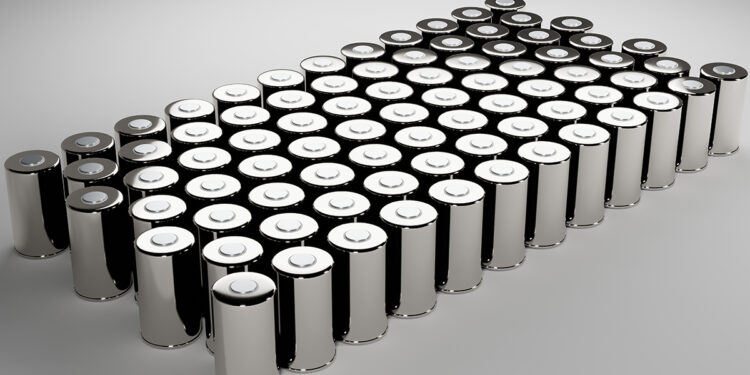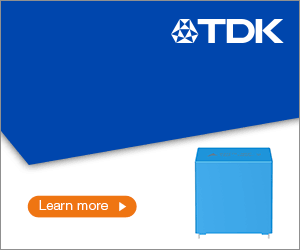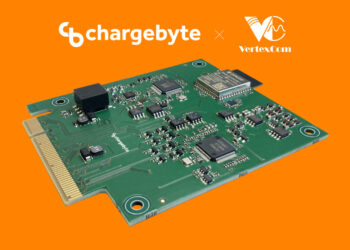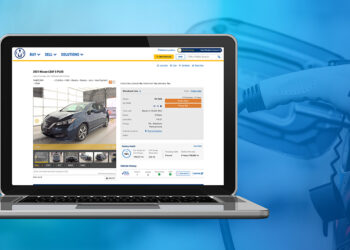Lithium-ion battery costs have been dropping for therefore lengthy that business gamers and pundits are inclined to issue ever-cheaper cells into their predictions, and lots of have made (doubtful) comparisons to Moore’s Regulation, one of many core tenets of the pc business.
Now, because of rising uncooked materials and battery part costs, together with extra normal inflation, battery pack costs have logged their first enhance since BloombergNEF started following the market in 2010.
“After greater than a decade of declines, volume-weighted common costs for lithium-ion battery packs throughout all sectors have elevated to $151/kWh in 2022, a 7% rise from final 12 months in actual phrases,” says BNEF.
These figures signify a mean throughout a number of battery purposes, together with several types of electrified autos in addition to stationary storage programs. The excellent news (for EV patrons) is that costs for packs utilized in battery-electric autos had been barely decrease: $138/kWh.
Additionally attention-grabbing to notice: on the cell stage, costs had been $115/kWh, that means that cell prices represented 83% of pack-level costs. Over the past three years, the cell-to-pack value ratio has diverged from the standard 70:30 break up, in response to Bloomberg. Amongst different causes, improvements in pack design, such because the introduction of cell-to-pack tech, have helped to cut back prices on the pack stage.
The outcomes from @BloombergNEF‘s 2022 lithium-ion battery worth survey are out. In 2022, noticed pack costs elevated for the primary time to a mean of $151/kWh. This can be a 7% enhance from final 12 months in actual phrases, the primary one since we have been monitoring the market in 2010.⬇️ pic.twitter.com/bs3KsCx8y1
— Evelina Stoikou (@EvelinaStoikou) December 6, 2022
There’s been a lot dialogue within the business of late about LFP, a cathode chemistry that gives decrease prices than the previously-favored NMC chemistry. In line with BNEF, pack costs would have risen much more in 2022 if it hadn’t been for the pattern towards LFP. On common, LFP cells are round 20% cheaper than NMC cells, though they’ve additionally “felt the chew of rising prices all through the provision chain.” Costs for LFP-based packs rose 27% in 2022.
“Uncooked materials and part worth will increase have been the most important contributors to the upper cell costs noticed in 2022,” stated BNEF Power Storage Affiliate Evelina Stoikou. “Amidst these worth will increase for battery metals, massive battery producers and automakers have turned to extra aggressive methods to hedge in opposition to volatility, together with direct investments in mining and refining initiatives.”
BNEF expects common pack prices to remain excessive in 2023, however sees a return to falling costs in 2024, as extra lithium extraction and refining capability comes on-line. BNEF’s 2022 Battery Value Survey predicts that pack costs ought to attain the “magic quantity” of $100/kWh by 2026, about two years later than beforehand anticipated.
BloombergNEF additionally expects next-gen applied sciences, similar to silicon and lithium metallic anodes, solid-state electrolytes and new cathode materials and cell manufacturing processes, to “play an necessary position in enabling additional worth reductions.”
Battery demand continues to soar, says Yayoi Sekine, Head of Power Storage at BNEF. “Demand will attain 603 GWh in 2022, which is sort of double that in 2021. Scaling up provide at that charge of progress is an actual problem for the business, however funding within the sector can be rising quickly and know-how innovation is just not slowing down.”
Supply: BloombergNEF









